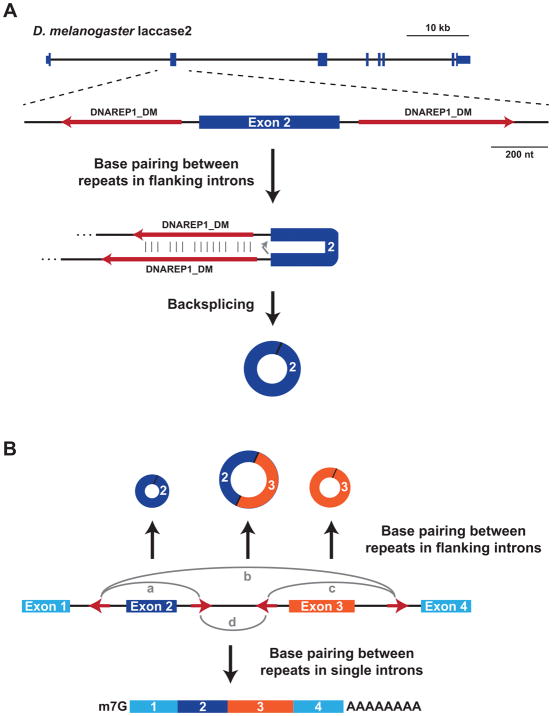Figure 2. Base pairing between intronic repeats facilitates many backsplicing events.
(A) Exon/intron structure of the D. melanogaster laccase2 gene, highlighting exon 2 that can generate a 490-nt circular RNA. A pair of DNAREP1_DM transposons (red arrows) flanks exon 2. Base pairing between these intronic sequences brings the intervening splice sites into close proximity, facilitating backsplicing.97 (B) When multiple intronic repeat elements (red arrows) are present in a pre-mRNA, distinct mature RNAs can be generated depending on which repeats base pair to another (denoted by gray arcs).50 (a–c) Base pairing between repeats in different introns results in backsplicing and production of a circular RNA that contains a single exon (a and c) or multiple exons (b). (d) In contrast, a linear mRNA is produced when repeats in a single intron base pair to one another.

